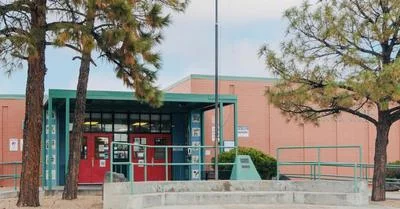Los Alamos National Laboratory (LANL) has revealed that researchers, in partnership with Lawrence Berkeley National Laboratory, have used supervised machine learning, a form of artificial intelligence (AI), to evaluate the precision of three AI methodologies. The trials incorporated data from three watersheds with sporadic permafrost on Alaska's Seward Peninsula.
The existing pan-Arctic model for permafrost, offering a resolution of roughly one-third square mile, does not possess the required accuracy to forecast localized impacts such as infrastructure damage. The newly developed AI model provides surface permafrost coverage at a resolution of just under 100 square feet. This allows for more practical and precise risk assessments at specific locations like roads or pipelines. According to a press release by LANL, the AI model achieved an 83% accuracy in mapping permafrost absence, surpassing the pan-Arctic model's 50% accuracy for the same sites.
Evan Thaler, a Chick Keller Postdoctoral Fellow at LANL, stated: "Current models don’t give the resolution needed to understand how permafrost thaw is changing the environment and affecting infrastructure." He added that their model creates high-resolution maps indicating where permafrost currently exists and where it is likely to change in the future.
Thaler further commented on the shortcomings of the existing model: "It's the highest accuracy pan-arctic product to date, but it obviously isn't good enough for site-specific predictions." He explained that while the pan-arctic product predicts 100% of a site as permafrost, their model predicts only 68%, which aligns more closely with real percentages based on field data.
Founded in 1943 as part of the Manhattan Project, LANL is situated approximately 35 miles northwest of Santa Fe. It operates as a multi-program research center focusing on nuclear weapons design and production, addressing nuclear threats, and conducting national security science, technology, and engineering, as per the About webpage provided by LANL.









